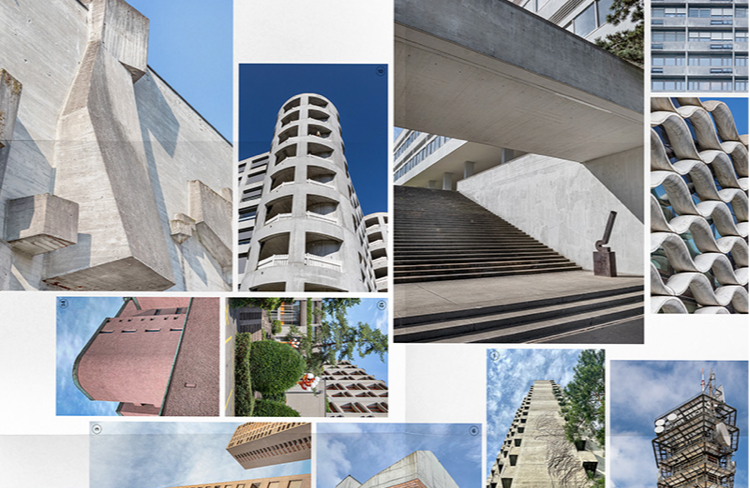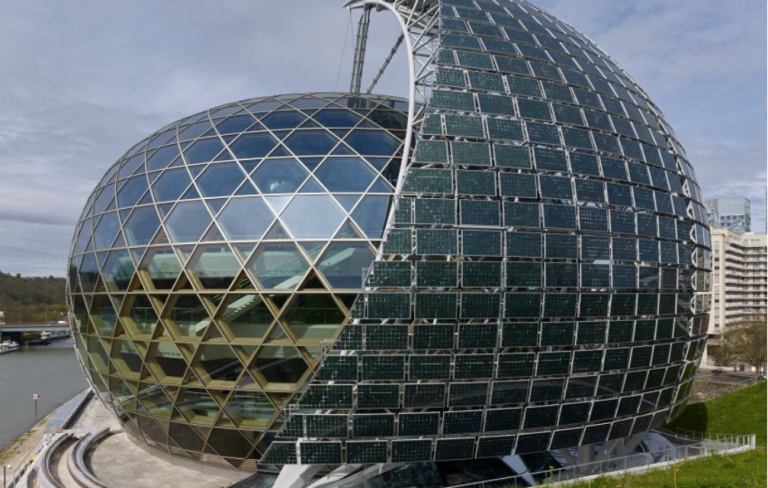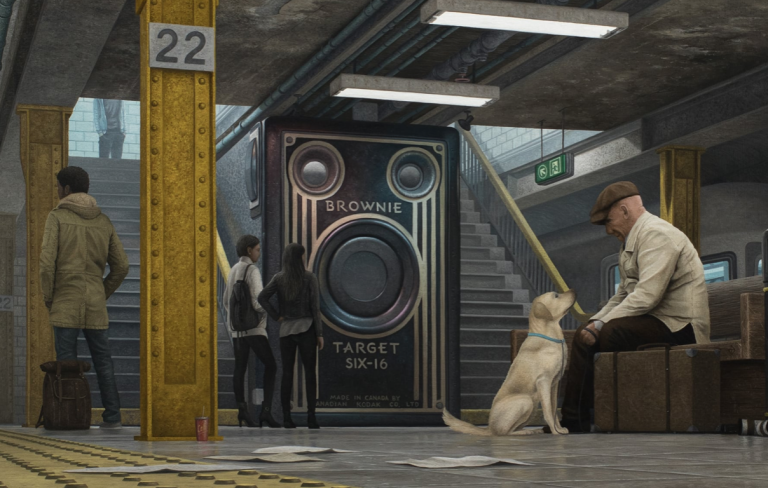When the economic structure of a country is changing, industrial areas are being repurposed. This development is a reality in Switzerland: where industrial products were once produced, such as in Uetikon directly at Lake Zurich, or The Valley in Kempttal or the Klybeck area in Basel, new uses are being created in attractive architectural environments. The online magazine archdaily recently used numerous examples from the international arena to show how these conversions are being realised elsewhere.
You can read the whole article here or just take a look at a few selected examples:
Kraanspoor / OTH Architecten
 shipyard, a relic of Amsterdam's shipping industry.Kraanspoor is a light-weight transparent office building of three floors built on top of a concrete craneway on the grounds of the former NDSM (Nederlandsche Dok en Scheepsbouw Maatschappij) shipyard, a relic of Amsterdam's shipping industry.)
“Kraanspoor is a light-weight transparent office building of three floors built on top of a concrete craneway on the grounds of the former NDSM (Nederlandsche Dok en Scheepsbouw Maatschappij) shipyard, a relic of Amsterdam’s shipping industry.” (Quote: archdaily); © OTH Architecten
Alstom Warehouses, Nantes Métropole Higher School of Fine Arts / Franklin Azzi Architecture

“Located in the “Ile de Nantes” a site undergoing industrial transformation, the Alstom Warehouse’s requalification project marks a new step towards the objective of urban rehabilitation. It goes beyond – it is about city-making, city-making together on the old Alstom warehouses site so that a new dynamic arises at the crossroads of culture, technology, and economy. In over 20 years, the available space of the existing warehouses will be restructured and converted into a multipurpose Creation district.” (Quote: archdaily); © Luc Boegly
Coal Drops Yard / Heatherwick Studio

“A long-time resident of King’s Cross, Heatherwick Studio has reinvented two heritage rail buildings from the 1850s as a new shopping district with close to 60 units, fully opening up the site to the public for the first time. In 2014, the studio was commissioned by King’s Cross Central Limited Partnership to radically rethink the site. The pair of elongated Victorian coal drops was built to receive coal from Northern England for distribution around London by barge and cart.” (Quote: archdaily); © Hufton+Crow
The Carreau du Temple / studioMilou architecture

“The Carreau du Temple, a historic steel and glass market from 1868 located in the Marais district of Paris, was reopened by the mayor of Paris on 20 February 2014. This building, with its characteristically transparent architecture, is one of the few surviving structures from the nineteenth-century tradition of metal-framed architecture in Paris. It was listed on France’s heritage list in 1982, five years after the demolition of the Paris Halles and its famous Baltard pavilions. In its design, studioMilou Architecture sought to ‘idealize’ this listed monument by emphasizing the refinement of its structure and making it as transparent as possible.” (Quote: archdaily); © Fernando Javier Urquijo


